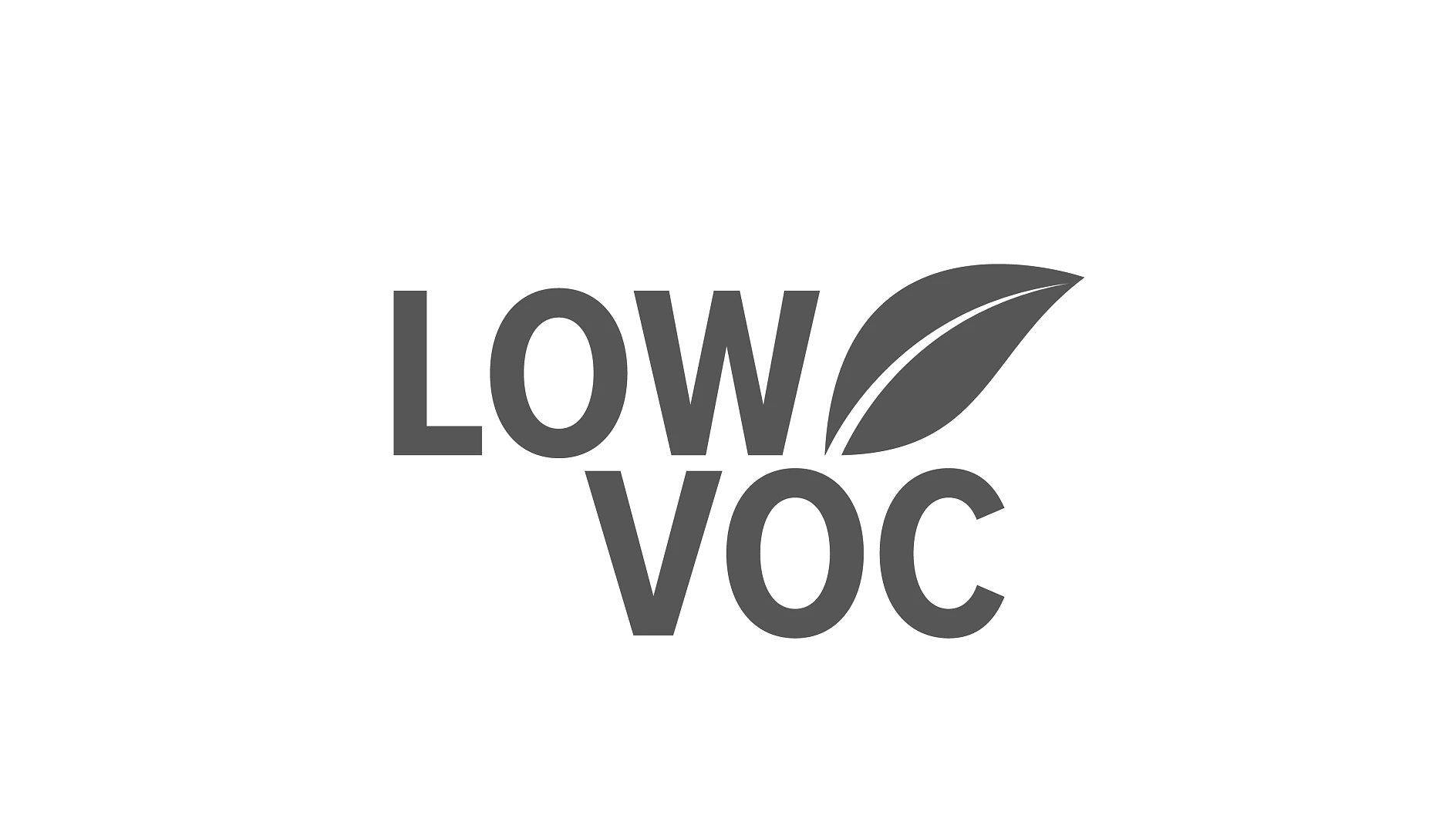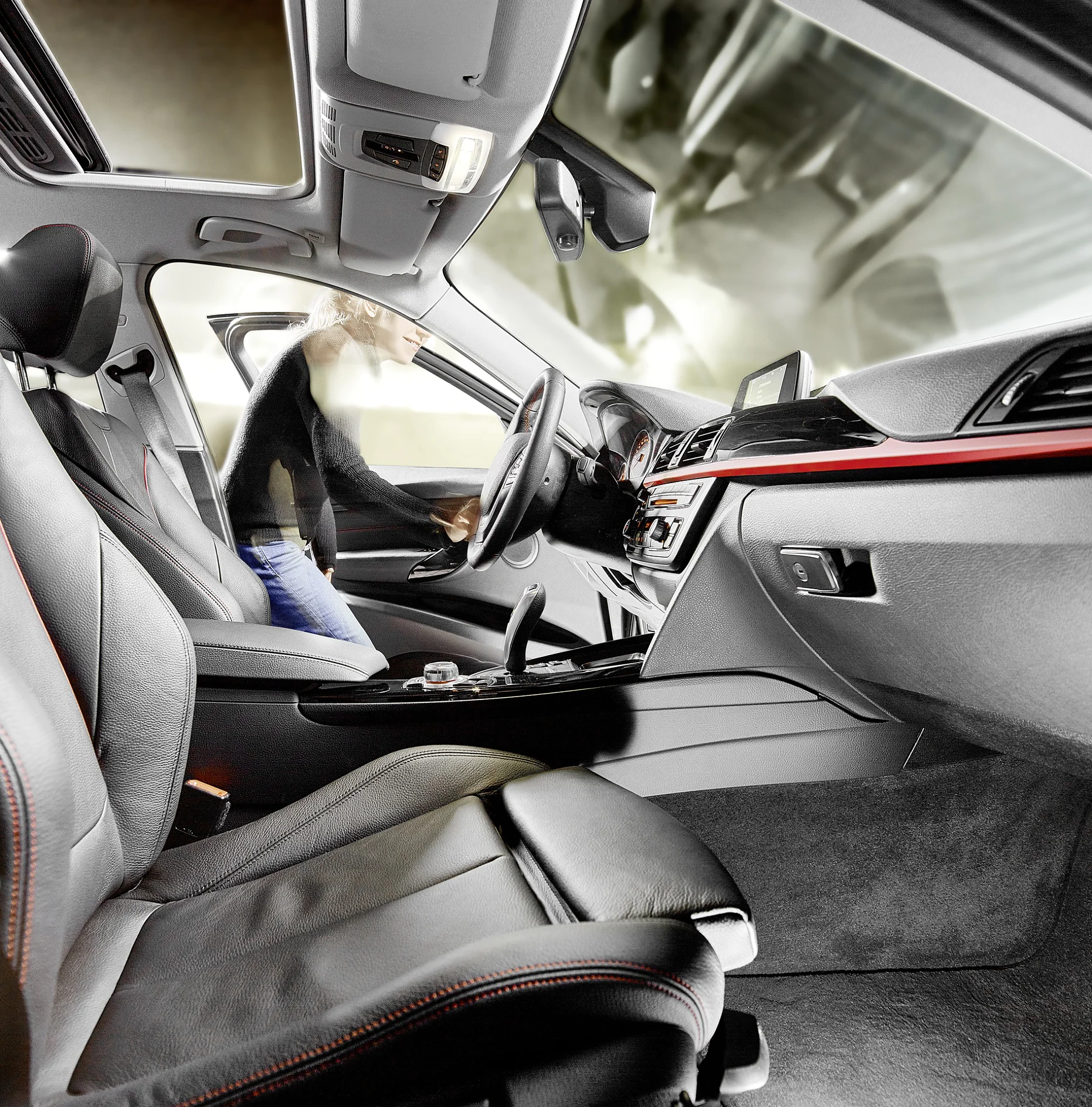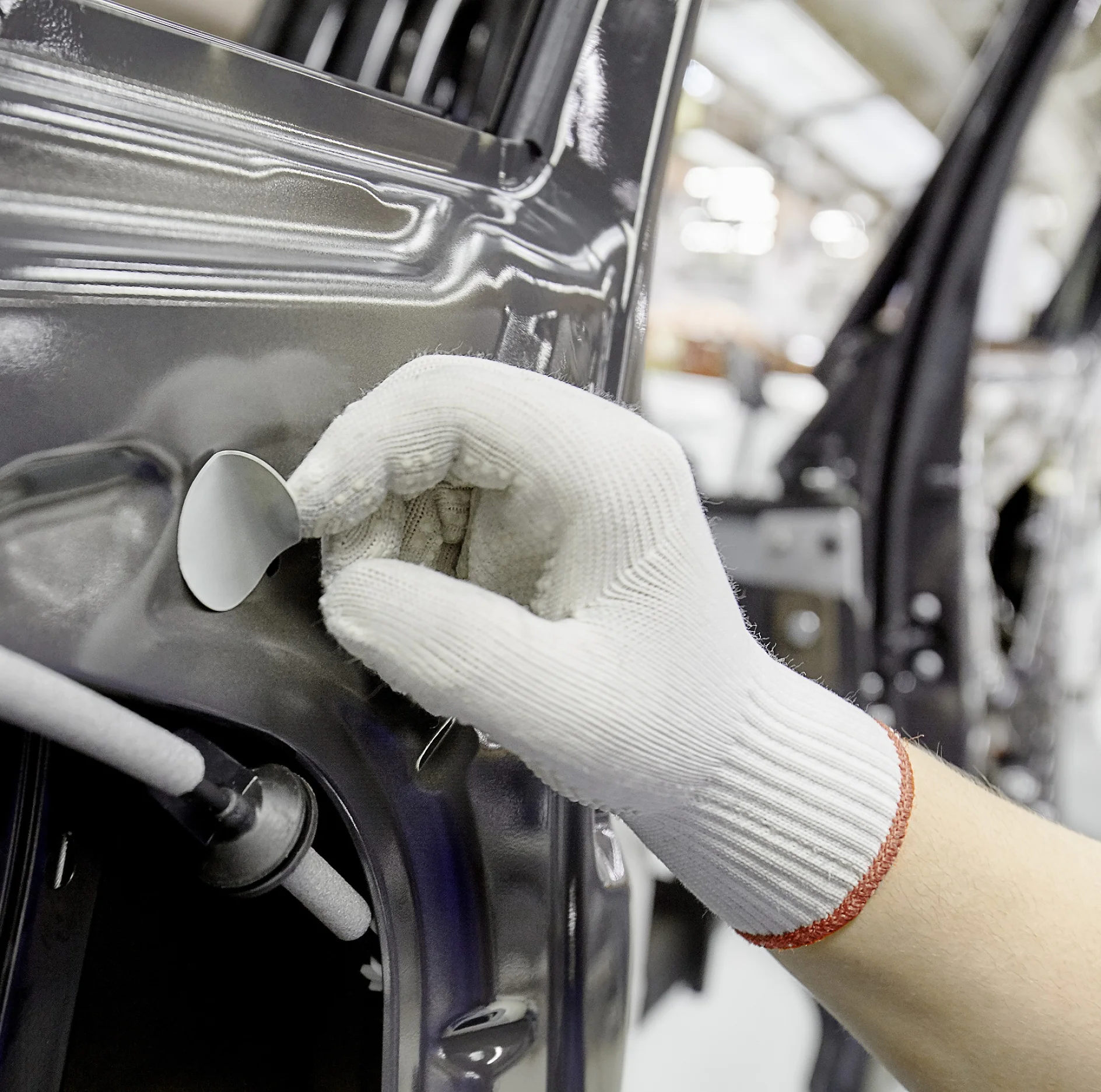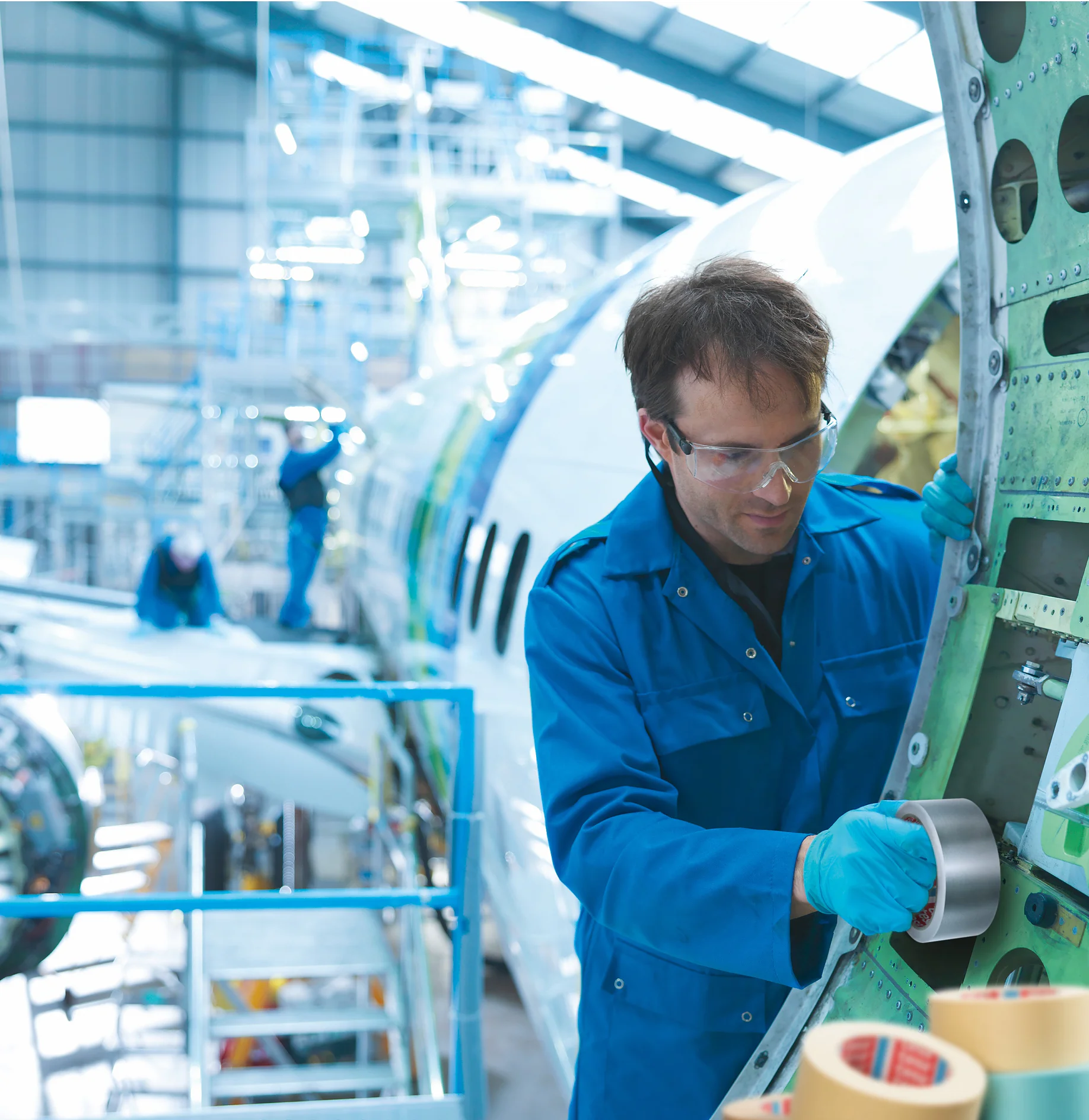From a persistent squeak to that rattling part, unwanted noises and vibrations can be both annoying and unsettling, whether in consumer products, when travelling, or at home or in the office. Products such as cars, rail carriages, airplanes, air conditioning units, washers, and dryers that operate quietly and smoothly instill confidence in their safety, security, and quality.
At tesa, we understand the importance of noise reduction. That is why our R&D experts collaborate with manufacturers to develop effective solutions designed to minimize movement and vibration while reducing noise and rattling. So, whether you are looking to dampen machine noise, deaden industrial or structural sound, or minimize automotive noise vibration, our damping tape can be your solution. Key industries such as aerospace, transport, automotive, construction, and manufacturing rely on our vibration reduction solutions and acoustic damping solutions to maintain their exacting standards. As can you! Read on to find out more.







